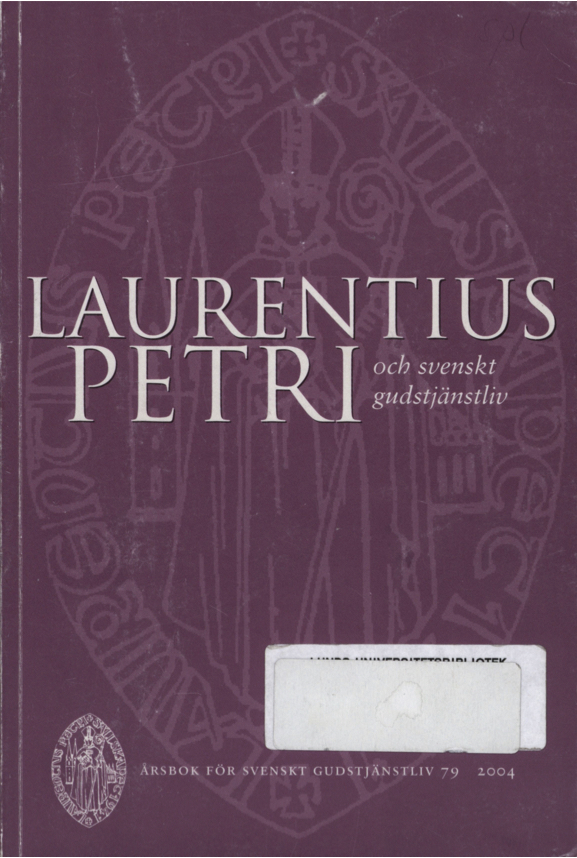Traces of Italian Influences in Sweden during the Reformation Period 1521 to 1632
Abstract
The Reformation was fundamentally anti-intellectual and anti-modernity, as it was interpreted. It took almost 50 years after the introduction of the German Reformation ideas before the schools and universities, which had been closed down, could be reorganised. The classic education which the Swedish students had been given in Bologna, Siena, Rome, Paris and other universities was not possible after the Reformation. What was offered was Wittenberg (from time to time) and other German universities.
In conclusion, how to characterise the Italian influences in Sweden be tween 1527 and 1632? First is to say that there are not really any direct theological influences during the period. The only internally recognised theologian, Bellarmin, played a certain role in Sweden, in spite of the general confessionalistic polemics. During the first part of the 17th century there are new inputs of Aristotelian-Thomist philosophy which affects theology, but they are indirect and must be traced back to Italy by means of analyses of general diffutoric tendencies. One could also find influences in art and literature. The Italian curia is, in various ways and through its representatives influencing the development. It is also noticeable that the political theory is grounded in Italian soil.
This brief introduction raises some questions to the research field. If we talk of Italian influences, this is a sort of un-precise terminology, we could define them positively or negatively, as direct or in-direct. They are in any case present. The main influences 1527-1632 were from Holland, France, and absolutely dominating, from Germany. There are also some influences from England. If one traces influences as I have done, and elaborates on them, do they contribute to our understanding of history, or in my case, theology? Yes, I think so. I am sure that the knowledge about the English- Swedish historical relations is very thin, not only in Sweden but also in England. If one accomplishes historical overviews this also implies a rather thorough inventory of earlier research being made and in this one could make surprising discoveries. In my case it was the fact that Bellarmin really was known and read in Sweden. If he is used by one of the Swedish theologians and bishops, then one should look also into the writing of others. The question will be how an Italian theologian and representative of the so called Counter-Reformation effected the orthodox Lutherans in Sweden.
This presentation builds on earlier, sometimes very early, research. It would be a suitable task to form a research project to see how ideas from different parts of Europe interplayed in forming the Swedish Reformation period. Very much of earlier scholarship seems to assume that the dominant source, Germany, is the only source. It would then also be interesting to find a way of incorporating various disciplines in such a way that one could integrate into the spectrum the whole of the Swedish religious culture.
Downloads
Publicerad
Nummer
Sektion
Licens
© författarna, Laurentius Petri Sällskapet för svenskt gudstjänstliv samt Artos & Norma bokförlag. Det är tillåtet att kopiera och använda material ur Svenskt Gudstjänstliv för forskningsändamål om källan anges. För övriga ändamål kontakta respektive artikelförfattare samt förlaget. Särskilda restriktioner kan gälla för bildmaterial.


